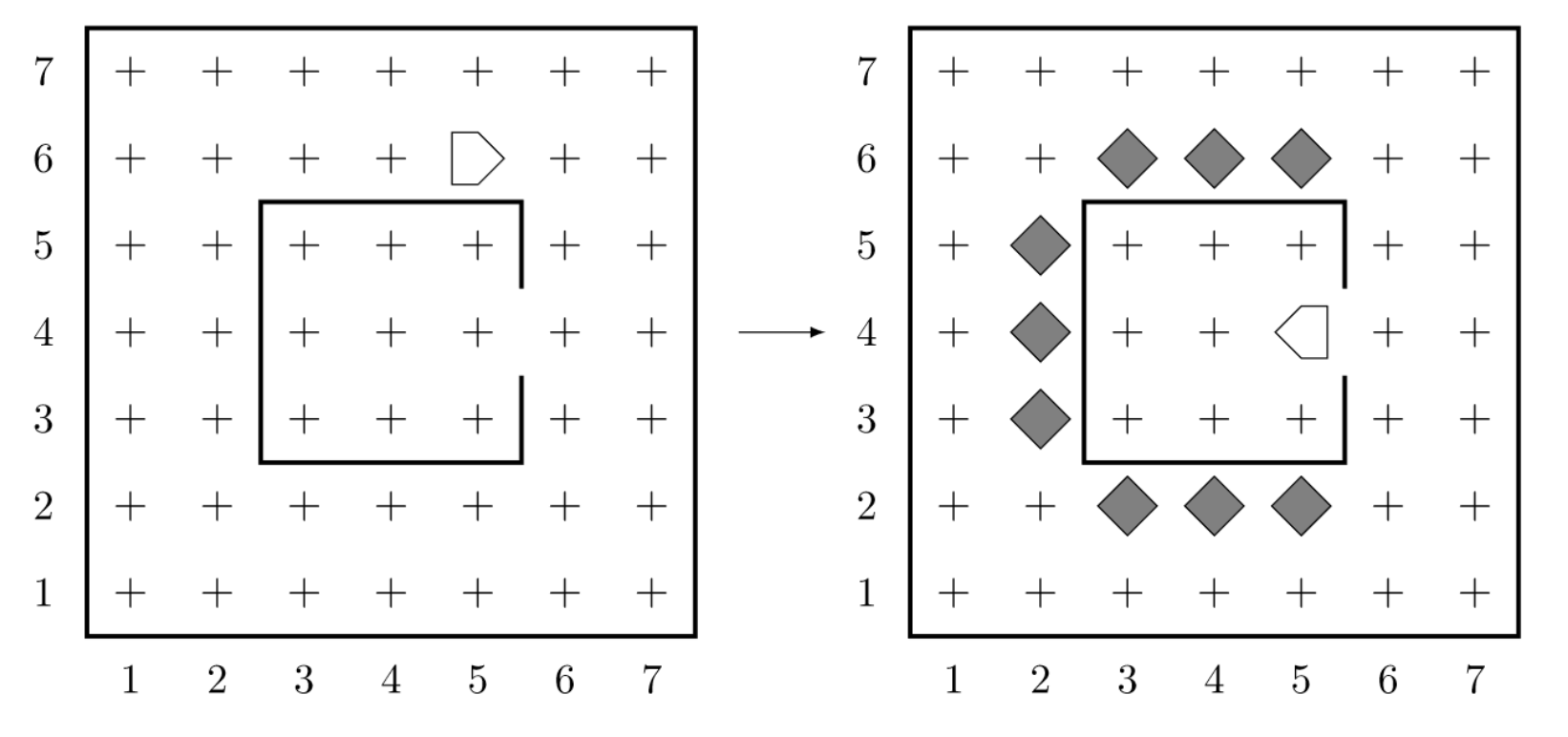How I solved the Problem
My solution used four "while" loops, one for each of the three steps numbered above. For one of the tasks, I used one inner while loop placed inside an outer while loop. In every case, having each while loop contained within it's own function made the most sense to me, so in one case I had a function, which contained a while loop, which contained a function, which contained a while loop.
In my code, I see one clear place I could have used a 'for' loop instead of a while loop.
I used no 'if' statements.
Almost all of my movement and placement occurred within loops.
I did not successfully complete the task on my first attempt, as I did not realize Karel could start facing in any direction because I did not read the directions completely before testing my code. My code did work after fixing this single error, but I was quite surprised when it worked.
Hints Provided by Prof. Jed Rembold
In addition to the notes on how I solved this problem, here are some hints provided by Prof. Jed Rembold, who designed this assignment. I used all three of these hints:
- Really think of how you want to decompose this problem. I would argue that you are essentially trying to accomplish the same task 3 different times, so that might guide or inspire how you want to break things down.
- Just because loops will be useful, you don’t need to have all your code inside the loop! Frequently, you might need a line or two of code outside any loops to “reposition” Karel a bit.
- You have lots of potential predicate functions (functions used within "while" loops or "if" statements) to choose from to determine where the wall is that you are trying to paint and move along. Many of them can work, but some streamline the code more than others.
Final Checks
- Make sure you have practiced decomposition in both problems: breaking the overall problem up into smaller problems and using helper functions to group up the commands to solve that smaller problem.
- Make sure you have used comments to document your code. At the very least, you should have a comment explaining what each helper function is doing.
- Make sure you have filled out the meta-data at the top of the template, in particular indicating if you worked with anyone or used an online resources. This is so I can support you better!
It may be non-obvious how to change world (.w) files. Here is an animated demonstration. Notice the slight delay between selecting files and the Karel window updating:


